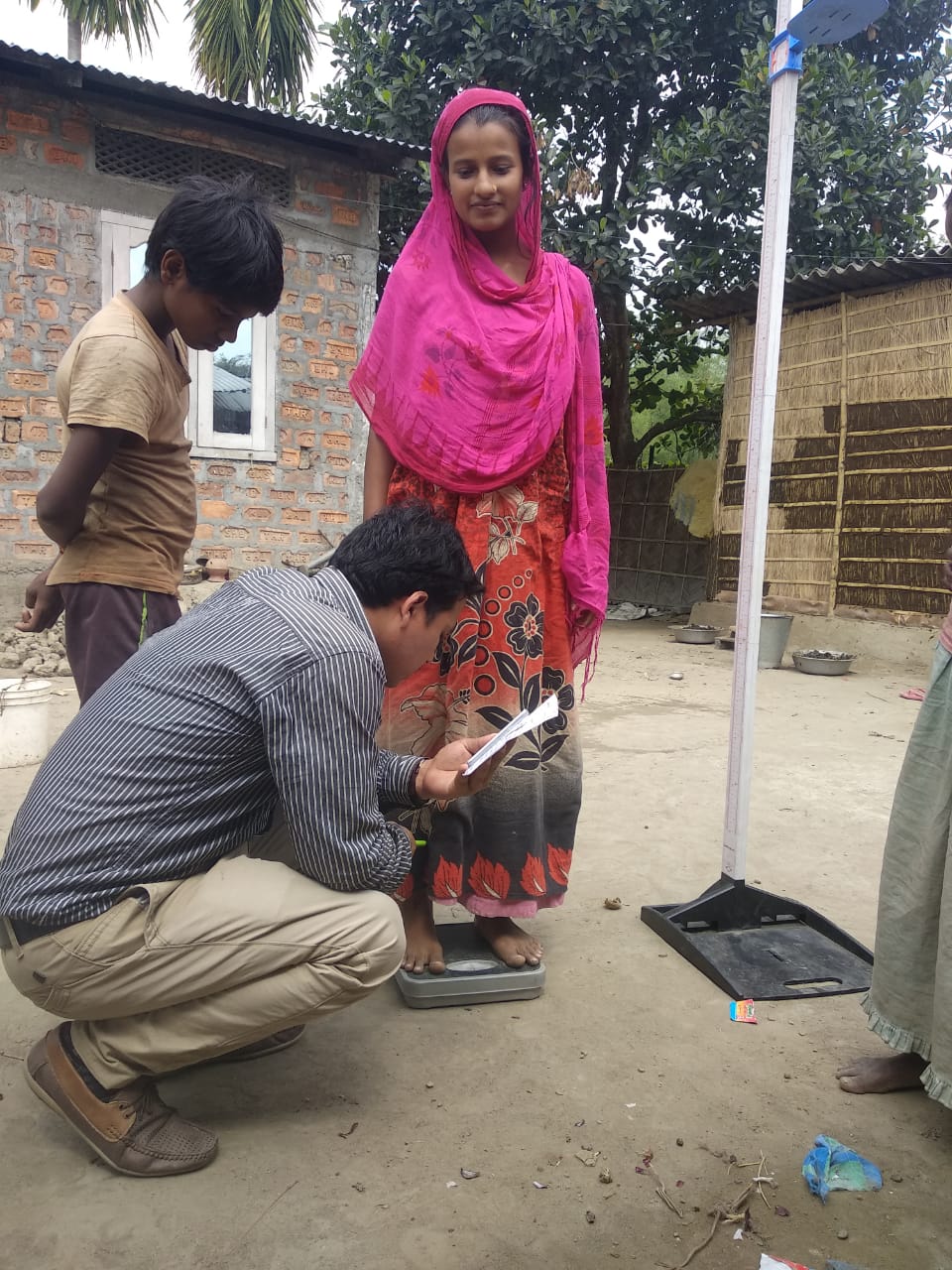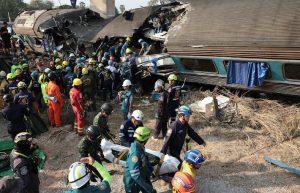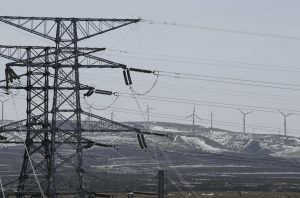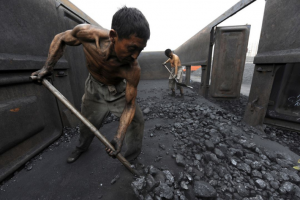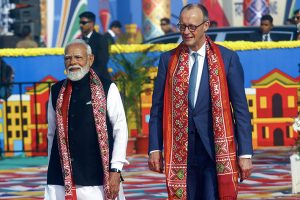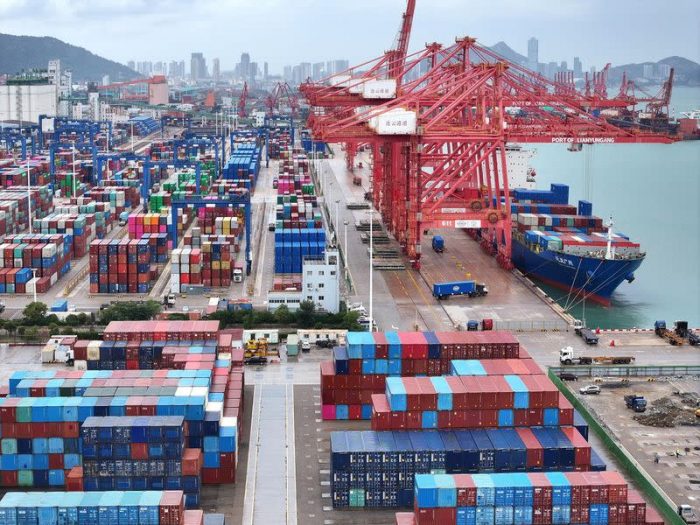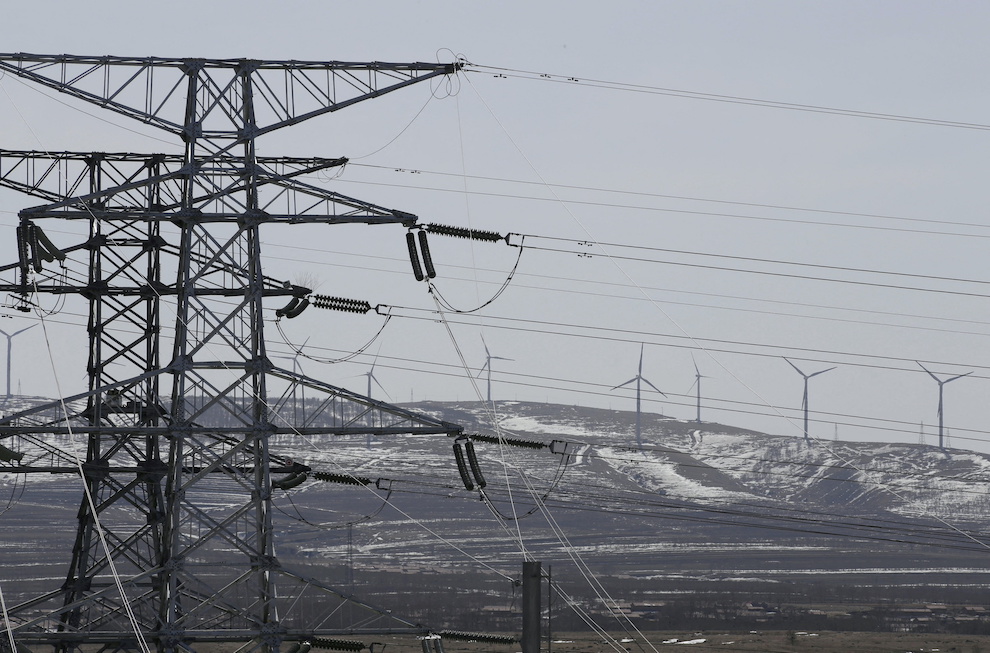(ATF) On a normal day Nirmala, a 45-year old healthcare worker in the Indian state of Jharkhand, leads a gang of women in the country’s war against malnutrition.
These days though, as one of India’s million-plus Anganwadi – a type of rural child care system – she is tackling an additional problem: ensuring food supply to children in starving families hit either by Covid or unemployment due to the pandemic-triggered lockdown.
“My problem is, we are given a certain amount of rice, wheat and pulses to a family to feed children [under six years-old) for a week,” she says. “But because no one has earnings in most families nowadays, they finish that ration in two days and come back to us begging for more that I can’t give because I don’t have any left.
“Food meant for children is now consumed by the whole family, as a result of which the children remain underfed.”
As hundreds and thousands of India’s children are forced to starve for days during the coronavirus pandemic, it is an irony that India, one of the world’s largest food producers, is also home to the largest population of hungry people and one-third of the world’s malnourished children.
India ranked 94 among 107 nations in the Global Hunger Index (GHI) 2020 released last week, with the pandemic putting thousands of daily wage workers out of jobs each day, many of whom are finding it difficult to make ends meet or feed the family.
According to the report, 14% of India’s population is undernourished. It also showed the country recorded a 37.4% stunting rate among the under fives and a wasting rate of 17.3%. The under-five mortality rate stood at 3.7%.
Fighting a dual battle
The course of the pandemic has worsened the situation.
“India is not just battling COVID 19 outbreak but is also fighting existing undernutrition induced by the pandemic,” Sujeet Ranjan, Executive Director of The Coalition for Food and Nutrition Security, told ATF.
The virus has brought associated problems that are affecting India’s poor and hungry worse than ever.
“While India is dealing with a serious health crisis, the country also has to deal with related problems of unemployment, low incomes, rural distress, malnutrition and widespread inequality, which are in fact, adding fuel to the fire.”
According to The Centre for Monitoring Indian Economy, a Mumbai-based independent economic think-tank, an estimated 90% of India’s 450 million workforce are employed informally, meaning they do not possess a contract and are instead reliant on daily earnings from work when they can get it.
READ MORE: China’s massive soybean shortage will spur big orders to US
Confined to their homes due to the lockdown an estimated 400 million informal workers have been pushed further into poverty.
According to Ranjan, India’s already stressed food distribution system has been hit hard by the government’s fight against the virus, leading to food distribution bottlenecks and shortages.
Reduction of social services, such as school nutrition programmes, has also broken the caring structures, on which the poorest children depend, he added.
“Due to the fear of infections amid COVID, the process of screening for identification of acute malnutrition, and their immunisation, have been stalled, and that has increased the burden of treating undernutrition for us,” Ranjan said.
Lack of political will
While many experts blame the country’s poor implementation processes, lack of effective monitoring, poor approach to tackling malnutrition and poor performance by large states behind the low GHI ranking, there’s also a lack of political will, they add.
“India biggest problem is political; that is a much bigger problem than any other,” a nutrition expert told ATF on condition of anonymity due to the sensitivity of his comments.
“I do not think any government since independence has ever seriously tackled the problem of undernutrition and hunger,” the person said. “It is true there have been many policies, laws, and programmes, but mere intention doesn’t solve problems. Governments across years have failed to recognise the problems and implement the laws and policies completely.”
Dr. Arun Gupta, a paediatrician who runs the Delhi-based Nutrition Advocacy in Public Interest (NAPi) agrees.
“While the country runs a plethora of initiatives, few are pursued with the serious intention of delivering the desired outcomes,” Gupta told ATF.
“Consider the Food Security Act (of 2013). While it aims to provide subsidised food to two-thirds of 1.3 billion Indians, it has never been able to reach that target. The Act also talks about providing all the four foods – cereals, pulses, fruits and dairy – categories necessary for complete nutrition but the government provides only cereals and pulses,” Gupta added.
READ MORE: Growing shortages and rising food prices in China
Citing yet another instance, Gupta said that in May the government announced its largest-ever programme to provide free supplies until November to 800 million of India’s poorest at a cost of $264 billion.
However, owing to crippling bureaucratic problems, less than 20% of that food aid has been distributed.
Other initiatives responsible for taking the agenda of nutrition forward but are yet to deliver the desired outcomes include, Poshan Abhiyaan (nutrition mission), Aspirational Districts Programme, and Anaemia Mukt Bharat (anaemia-free India).
Needs community help
Government surveys indicate that 30% of urban India has run out of all savings, which means that their food crises would worsen in the months ahead as India reels under the relentless growth of infections.
On Wednesday India reported more than 77,000 new cases over 24 hours, lifting the tally to more than 7.4 million infections, or 9.67% of the total caseload, according to the Union Health Ministry.
“As highlighted in the Global Nutrition Report 2020, we expect the level of hunger and malnutrition to double within the space of just a few weeks,” says Ranjan. “Under the circumstances, the role of civil societies will be very important.”
Ranjan also considers the pandemic a “unique opportunity” to reform the public health care system by boosting public-private partnership and engaging communities and private healthcare services.
“If we can reform our public healthcare system now, we can create a ripple effect in other areas too – for instance, nutrition, water and sanitation.”




